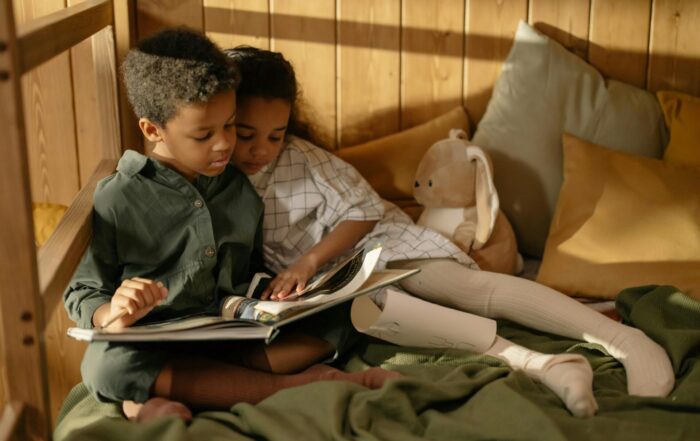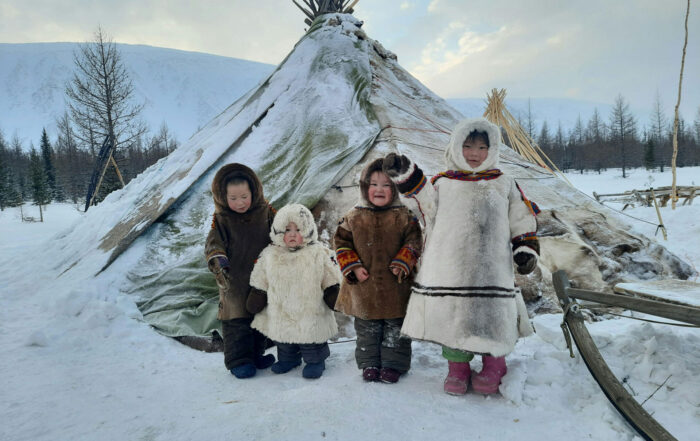
By Bessel A. van der Kolk
Brookline, Mass. – As a young psychiatrist, I worked with Vietnam War combat veterans and confronted the astonishing lack of resources to help these men and women who had sacrificed so much for their country. Three decades later, that situation has greatly improved. First, we named the problem — post-traumatic stress disorder — and then in 1989 Congress created the National Center for PTSD to help suffering veterans.
Their plight has also led to a greater recognition of the impact of violence on children. For every soldier returning from Iraq and Afghanistan with symptoms of depression or PTSD, there are around 10 children in the United States who are traumatized by exposure to family violence, sexual abuse, neglect and assault, with consequences comparable to those of adult exposure to war-zone violence. We have made progress in treating these children, but that progress is threatened by a drastic budget cut proposed by the White House.
Share This Post!
Early childhood trauma and its long-term impact on cognitive and emotional development
Source: National Library of Medicine Childhood trauma has profound, long-term effects on cognitive and emotional development. This systematic review and meta-analysis sought to synthesis the evidence around the long-term impact of [...]
Helping children who have or are experiencing trauma this holiday season
For many, the holiday season is a joyful one – the popular song “Have a Holly, Jolly Christmas” comes to mind – but for children who have or are experiencing trauma, Christmas, [...]
Healing Frameworks: Understanding ACEs in Indigenous Communities
The National Indian Health Board (NIHB) is committed to advocating for the health and well-being of Indigenous communities. One of our key initiatives focuses on addressing adverse childhood experiences (ACEs), which are traumatic [...]
Gratitude Not Required: A Trauma-Informed Thanksgiving for Children in Care
By Beth Tyson Children impacted by any kind of family separation, whether it be foster care, adoption, or divorce, don’t have to feel thankful during Thanksgiving or any other holiday. There, I [...]
Emotional and Psychological Trauma
By Lawrence Robinson, Melinda Smith, M.A. and Jeanne Segal, Ph.D. What is emotional and psychological trauma? Emotional and psychological trauma occurs when extraordinarily stressful events shatter your sense of security. Psychological trauma can leave you [...]
Understanding Childhood Trauma: Ways to Support Young People
By Boys & Girls Clubs of America For generations, tough childhood experiences have been swept under the rug by phrases like these. Oftentimes, the reason why is simple: many families simply did [...]







